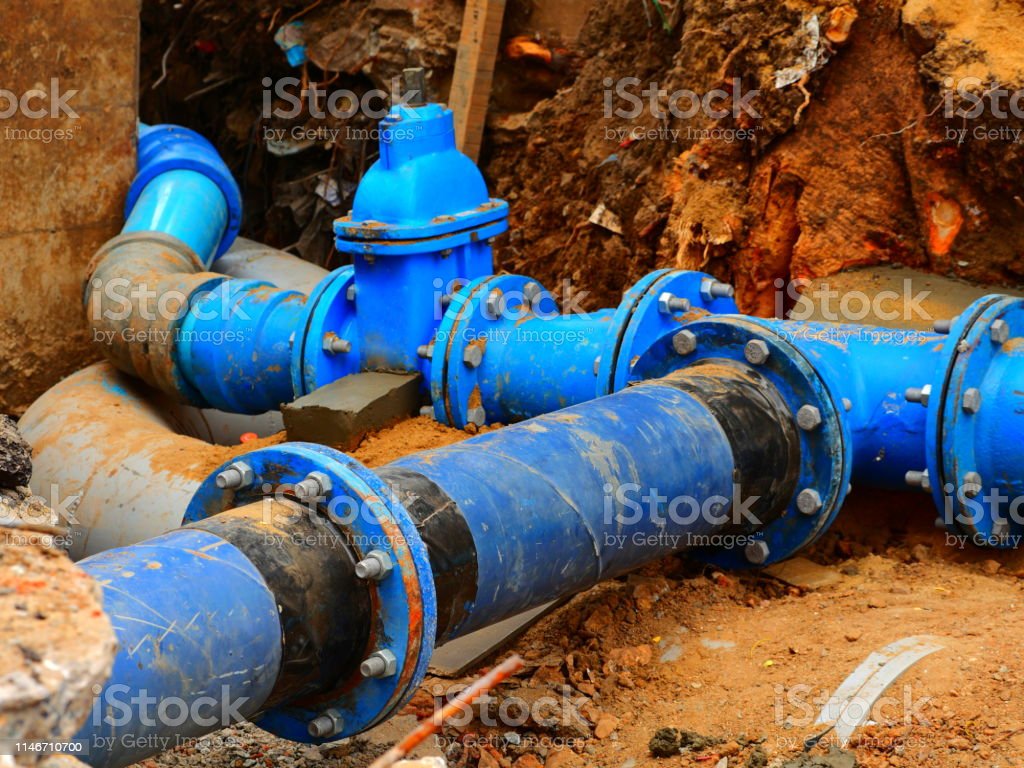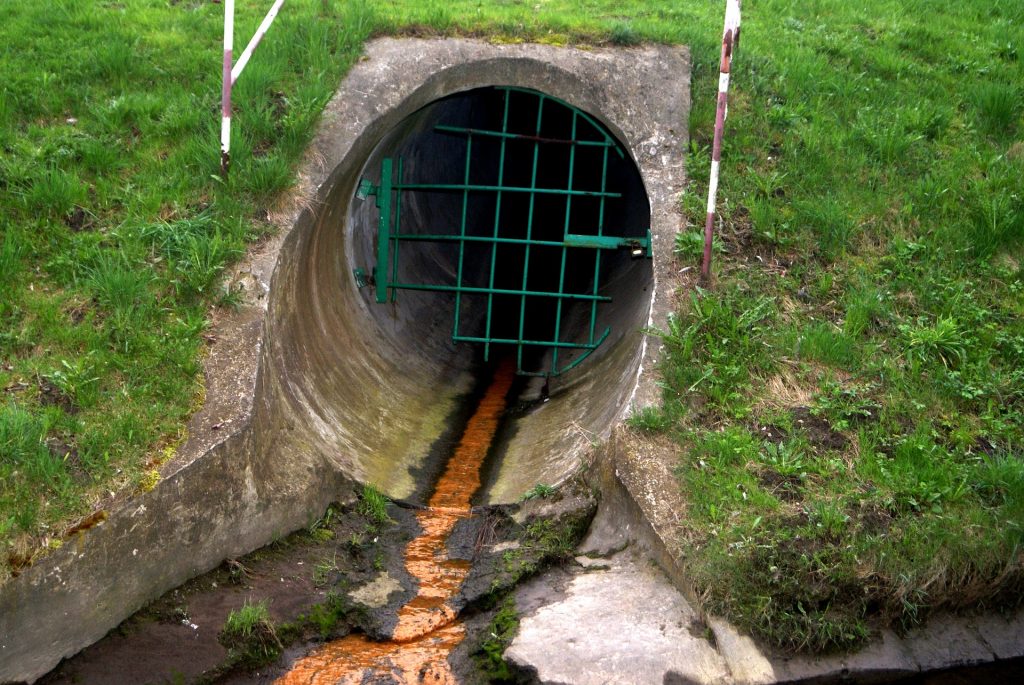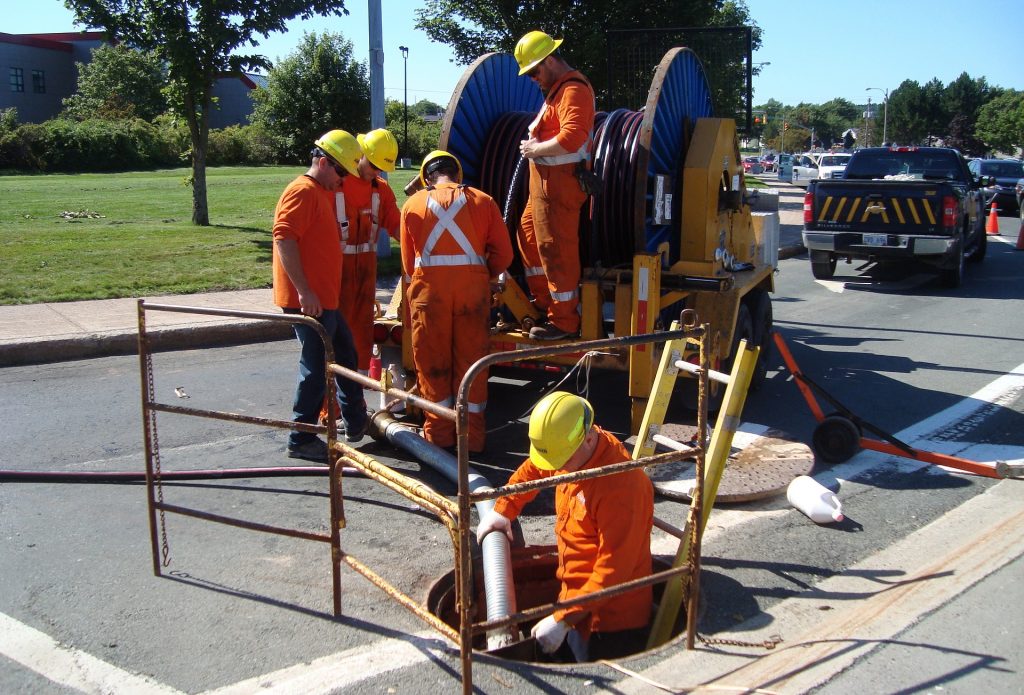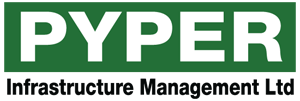Why us
We are Experts in Underground Municipal and Industrial Infrastructures
MJP & Associates works closely with clients to provide condition assessments of underground utilities, cost-effective rehabilitation solutions, and quality project management.




